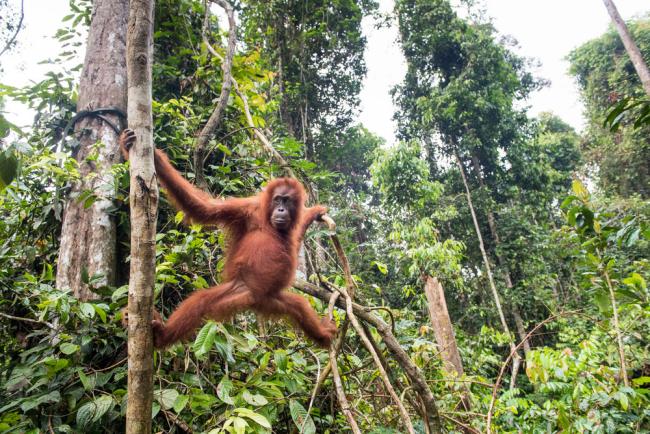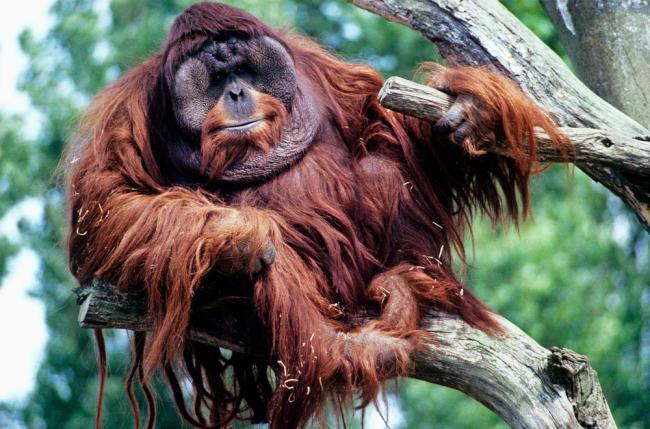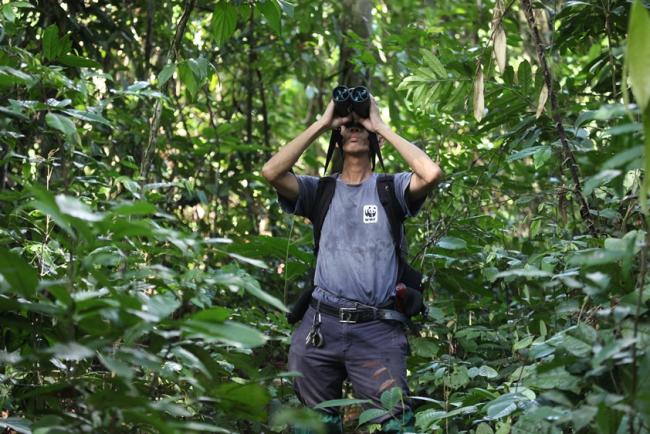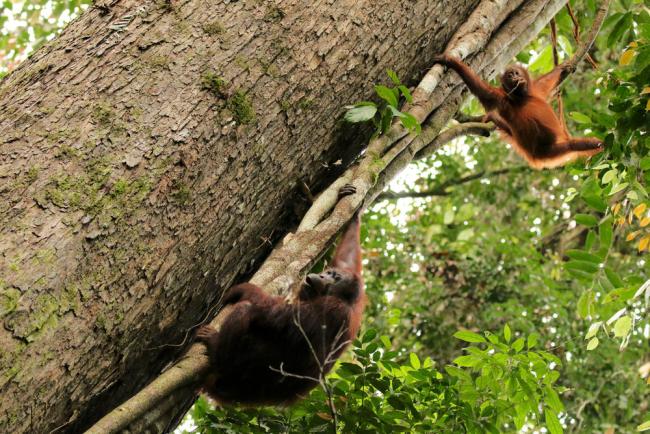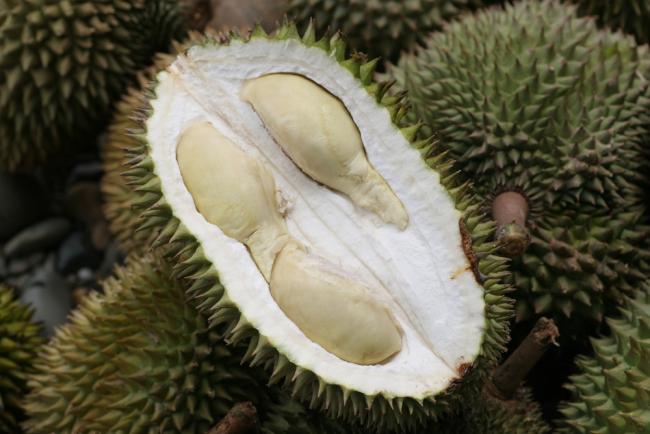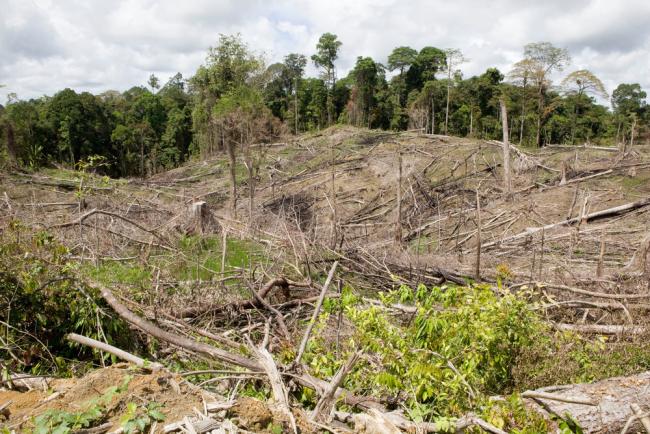hello and thank you xioi,
goodnight
good read
goodnight
good read
. . .
list0 on Discord, reach out for inquiries.
Or send me a private message, I'm responsive.
Or send me a private message, I'm responsive.
[7:19 PM] Aliosa: Can't have loopholes if there are no loops.
[9:14 AM] Viddah: Just remember if you step on toes youre gonna have to suck on them to make the pain go away
[9:16 AM] [Faux_fan]ancient: put me in the screenshot
[9:16 AM] [Faux_fan]ancient: put me in the screenshot
yo mama a good read
part of the uri-nation rateyourmusic
you clean your ears with a toothpick while listening to explosive diarrhea blood rectum metal
unbound yo mama
. . .
list0 on Discord, reach out for inquiries.
Or send me a private message, I'm responsive.
Or send me a private message, I'm responsive.
[7:19 PM] Aliosa: Can't have loopholes if there are no loops.
[9:14 AM] Viddah: Just remember if you step on toes youre gonna have to suck on them to make the pain go away
[9:16 AM] [Faux_fan]ancient: put me in the screenshot
[9:16 AM] [Faux_fan]ancient: put me in the screenshot
hello everyone
. . .
list0 on Discord, reach out for inquiries.
Or send me a private message, I'm responsive.
Or send me a private message, I'm responsive.
[7:19 PM] Aliosa: Can't have loopholes if there are no loops.
[9:14 AM] Viddah: Just remember if you step on toes youre gonna have to suck on them to make the pain go away
[9:16 AM] [Faux_fan]ancient: put me in the screenshot
[9:16 AM] [Faux_fan]ancient: put me in the screenshot




